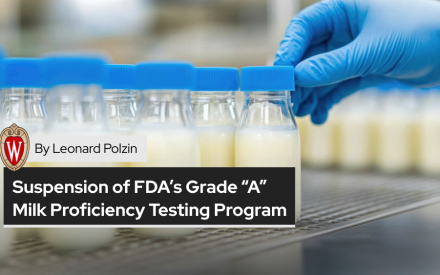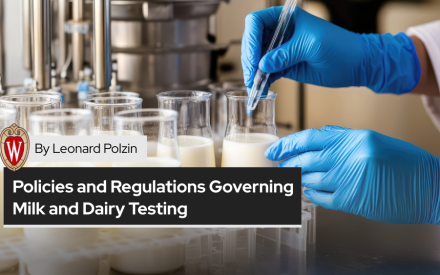The House of Representatives cast votes on the Whole Milk for Healthy Kids Act (House Resolution 1147) . Whereas, the bill revised requirements for milk distribution under the National School Lunch Program, managed by the Department of Agriculture (USDA).
At present, schools in this program are mandated to offer milk that aligns with the latest Dietary Guidelines for Americans. According to existing USDA regulations, only fat-free or low-fat milk is permissible, and it can be either flavored or unflavored. The proposed bill seeks to relax these constraints, allowing schools the option to provide whole milk, reduced-fat milk, low-fat milk, and fat-free milk, with both flavored and unflavored varieties.
Furthermore, the current program requires that school meals adhere to specific nutritional standards, particularly regarding the average saturated fat content, which must not exceed 10% of the total caloric value of the meals.
The proposed bill introduces a change: fluid milk will be exempted from the saturated fat content calculation. Consequently, the milk fat present in any fluid milk offered by the program will not be counted as saturated fat when assessing compliance with USDA nutritional regulations.
This legislation proposes to broaden the variety of milk options available to schools within federal meal programs, including the addition of 2% and whole milk.
Below is the timeline related to the provision of milk in U.S. school lunch programs, culminating in the recent House passage of the Whole Milk for Healthy Kids Act.
Table: Legislative Changes in Milk Provision for U.S. School Lunch Programs
| Year | Event | Description |
| 2012 | USDA School Meal Requirement Update | The USDA revised school meal requirements to align with the Dietary Guidelines for Americans. This update limited school milk choices to unflavored low-fat, flavored fat-free, and unflavored fat-free milk. |
| 2017 | USDA Exemptions for Flavored Low-Fat Milk | The USDA granted exemptions to school nutrition standards, allowing schools to serve flavored low-fat (1%) milk. These standards were in place during the onset of the pandemic, with continued flexibility to address supply chain issues. |
| 2023 | Passage of the Whole Milk for Healthy Kids Act | The U.S. House of Representatives passed the Whole Milk for Healthy Kids Act. This act revises the USDA’s National School Lunch Program requirements, permitting schools to offer whole, reduced-fat, low-fat, and fat-free flavored and unflavored milk. The bill aims to restore access to a broader range of nutritious milk options in school meals. |


 Dairy Market Dynamics and Domestic Constraints: A Dairy Sector Assessment as of June 2025
Dairy Market Dynamics and Domestic Constraints: A Dairy Sector Assessment as of June 2025 U.S.–Canada Dairy Trade Relationship (2025–Present)
U.S.–Canada Dairy Trade Relationship (2025–Present) Suspension of FDA’s Grade “A” Milk Proficiency Testing Program – A Comprehensive Analysis
Suspension of FDA’s Grade “A” Milk Proficiency Testing Program – A Comprehensive Analysis Policies and Regulations Governing Milk and Dairy Testing: A Wisconsin Overview
Policies and Regulations Governing Milk and Dairy Testing: A Wisconsin Overview


